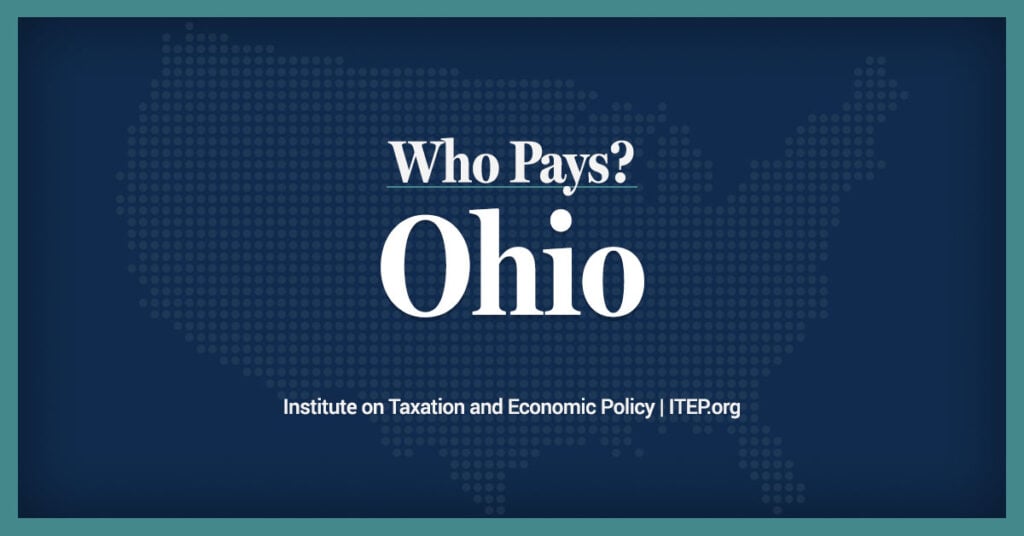The latest scheme to cut state income tax rates would favor the rich, increase inequality, and harm basic services
Gov. John Kasich and many members of the Republican-controlled General Assembly will campaign for re-election this year largely on their efforts to cut Ohio’s personal income tax yet again. Voters — at least middle-class and lower-income ones — should approach any such plan, and those who promote it, skeptically.
Mr. Kasich speaks of seeking an across-the-board rate cut that would get the state’s top tax rate under 5 percent. That would benefit the best-off Ohioans handsomely: The wealthiest 1 percent, whose average annual income exceeds $1 million, would get an estimated tax cut of more than $2,500 a year.
But such a proposal would offer scant relief to most Ohio taxpayers, while depriving public schools, local governments, and essential state services of needed funding. It’s a bad trade-off.
The liberal advocacy group Policy Matters Ohio commissioned an analysis of the governor’s idea by the Institute of Taxation and Economic Policy, a nonpartisan, Washington-based research organization that reviews state tax systems. It concluded that a reduction of the state’s graduated income tax rates needed to achieve Mr. Kasich’s goal would give 25 percent of its tax relief to Ohio’s top 1 percent — nearly as much as the bottom 80 percent would receive.
The average tax cut for someone who makes $19,000 or less a year would be all of two bucks, according to the analysis. For an Ohio household in the middle 20 percent, with an average annual income of $44,000, the typical tax cut would amount to less than $1 a week.
At the same time, the cost of such a tax cut would limit the state’s ability to make necessary investments in education, public safety, health and human services — virtually everything that state tax revenues pay for. For most taxpayers, that’s not much of a bargain.
Supply-side enthusiasts insist that tax cuts inevitably lead to economic growth and job creation. They need to explain why Ohio has lost a greater percentage of its jobs than any state other than Michigan or Rhode Island since mid-2005, when Columbus started cutting state income tax rates by 21 percent.
The Great Recession surely is the chief culprit. But since 2011, after the recession officially ended, Ohio’s job growth has continued to lag the nation’s. The tax cuts and other changes enacted since Governor Kasich took office haven’t been the magic elixir for prosperity. Upping the dose won’t help.
Another regressive income tax cut would further aggravate income inequality while weakening vital public services on which all Ohioans rely. Is that supposed to be a persuasive argument for re-electing the politicians who want to do these things?





